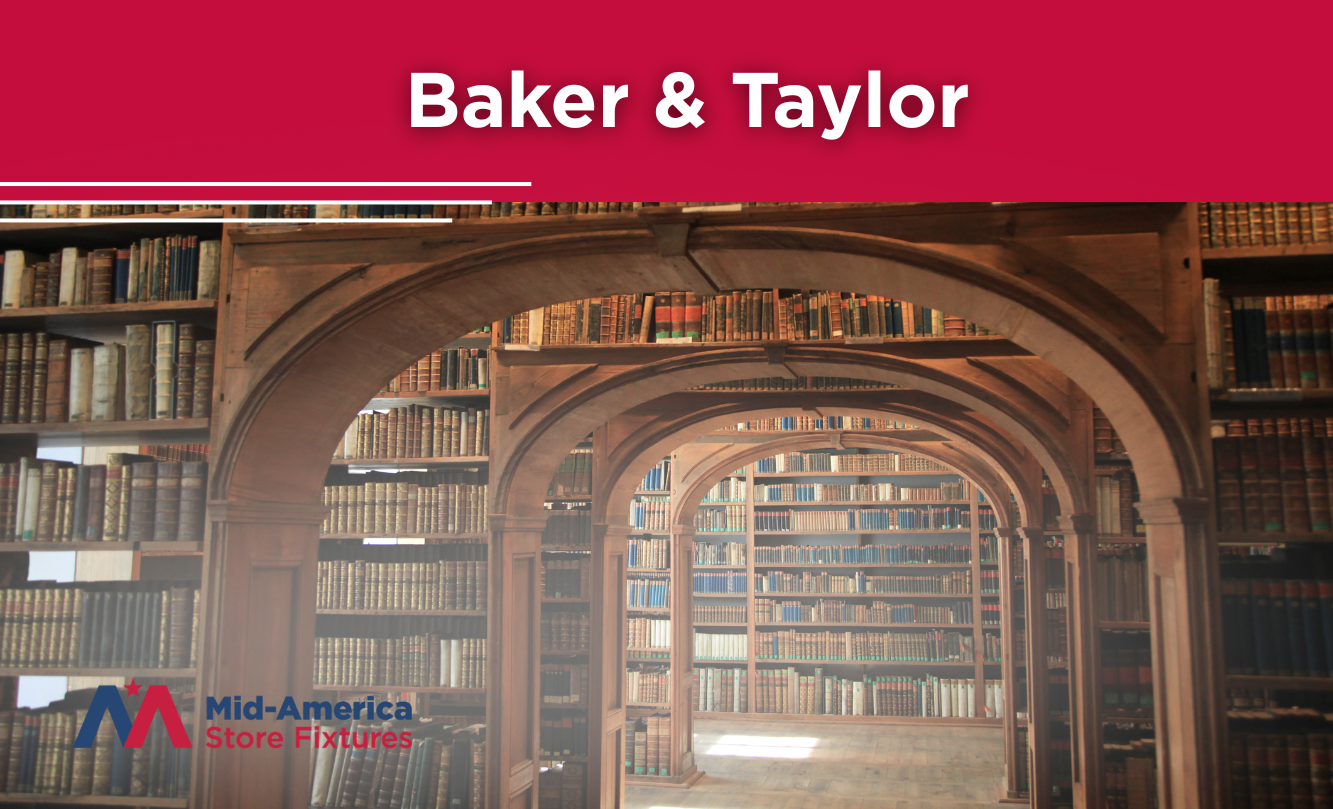

In a previous post on 2025 closures, we covered the wave of store shutdowns defining this year’s retail landscape. Brands across nearly every sector, from clothing and home goods to pharmacies and restaurants, have been scaling back their footprints as consumers grow more cautious with spending. Rising prices, inflation, and higher borrowing costs have made it difficult for many companies to keep up, leading to widespread downsizing and closures.
Now, recent developments are showing that this trend is reaching beyond retail storefronts. One of the nation’s oldest book distributors, Baker & Taylor (B&T), is reportedly winding down operations following significant financial challenges and a failed acquisition deal. While not a consumer-facing brand, B&T’s closure represents a major shift for the industries that rely on it, especially libraries and educational institutions. So, what does this mean for the broader business landscape?
Founded in 1828, Baker & Taylor has long been one of the largest distributors of books and media serving libraries and educational institutions across the United States. For nearly two centuries, the company has helped connect publishers with thousands of libraries nationwide, distributing the books and materials that keep libraries stocked and operating efficiently.
At its height, B&T operated multiple distribution centers across the country and employed hundreds of workers. Its large network and long-standing relationships made it a key part of the library supply chain and a major link between publishers and institutions.
With such reach and history behind it, B&T has long stood as a trusted industry partner — which is why it may come as a surprise to many that the company is now reportedly winding down operations.
Mounting financial pressure and a failed acquisition deal have pushed Baker & Taylor toward closure after nearly two centuries in business. According to American Libraries Magazine, “employees were told that the company plans to wind down all its business activities by the end of 2025.” The decision follows the collapse of a planned sale to ReaderLink Distribution Services, which had signed a letter of intent earlier in the year to acquire B&T’s assets and continue its operations. When the deal unexpectedly fell through in late September, CEO Amandeep Kochar informed staff that without a buyer and with mounting pressure from creditors, the company would begin layoffs and a structured wind-down. It’s important to note that the process was described as a structured B2B closure focused on warehouse operations and asset recovery, not a consumer-facing “fire sale.” This means the company is pursuing an orderly closure process, with B2B liquidations expected as it empties warehouses and fulfills remaining obligations.
Financial strain had been building at B&T for some time. In the previously mentioned American Libraries Magazine report, it was stated that “the company’s main creditor, CIT Northbridge Credit LLC, declared the loans that supported the company’s operations in default,” leaving B&T with limited cashflow and few options to stay afloat.
The company had also faced a cyberattack in 2022 that disrupted services, on top of a post-pandemic decline in library orders. These compounding issues weakened its financial position and made the ReaderLink deal even more critical. When that agreement collapsed, closure became unavoidable.
Further confirmation came through a Worker Adjustment and Retraining Notification (WARN) filing reviewed by Distribution Strategy, which stated that “253 of 318 employees at the Momence facility were laid off effective October 6,” with remaining staff continuing operations only through early January 2026.
Although B&T has not released a public statement, the clear evidence from regulatory filings and industry sources confirms that its closure is well underway.
So, what does Baker & Taylor’s closure mean for the broader business landscape? It builds on the trend we highlighted in our 2025 Closures post, where we examined how financial pressures, rising costs, and shifting consumer habits have led many retailers to scale back. Now, we’re seeing those same challenges extend beyond storefronts, reaching into the B2B supply chains that support them. Even long-established distributors like B&T are feeling the strain of tighter credit and shifting market demands. In other words, this wave of contraction isn’t just about retail, it’s about how every link in the supply chain is adapting to a changing economy.
So, what does this mean for you? If you're a frequent library user, you may notice the closure more clearly if your library relied on B&T for their orders. As a store owner, while we hope your business isn’t facing a closure, being prepared for transitions has never been more important. Whether you operate a warehouse, distribution hub, or retail location, Mid-America Store Fixtures can help you navigate the process efficiently, cost-effectively, and strategically—from liquidation and auction coordination to asset recovery.
Change in the industry may be inevitable, but with the right plan in place, it doesn’t have to mean the end of opportunity.